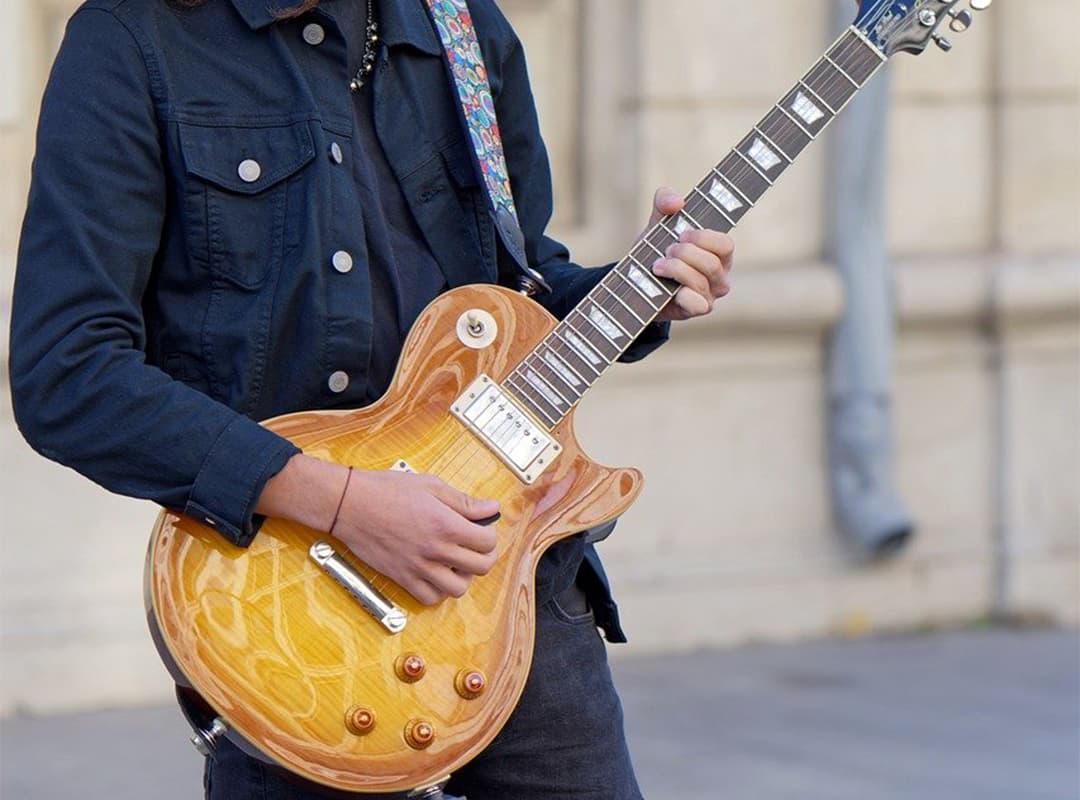Choosing the right guitar for a child is a crucial step in helping them learn and enjoy playing the instrument. A guitar that’s too large can be uncomfortable and discouraging, while one that fits well will make practice sessions more enjoyable and productive. When selecting a guitar for a child, size is one of the most important factors to consider. Here’s a guide to help you choose the right guitar size for young learners.
Why Size Matters
For kids, a guitar that’s the right size is essential for a comfortable playing experience. A guitar that’s too big can cause strain, making it difficult for the child to hold, fret chords, or strum properly. This can lead to frustration and a lack of motivation. On the other hand, a guitar that’s properly sized allows for easier movement, better technique, and, most importantly, more enjoyment.
Guitar Size Chart for Kids
Here’s a general guide to help you choose the correct guitar size based on a child’s age and height:
- Ages 3-5 (Height: 3’3″ – 3’9″): 1/4 Size Guitar
- Ages 5-8 (Height: 3’10” – 4’5″): 1/2 Size Guitar
- Ages 8-11 (Height: 4’6″ – 4’11”): 3/4 Size Guitar
- Ages 11+ (Height: 5’0″ and above): Full-Size Guitar
These are general recommendations, but it’s always best to have the child try out a guitar to see how it feels in their hands.
Types of Guitars for Kids
There are a few options when it comes to choosing the type of guitar for your child:
- Classical Guitar:
- Classical guitars often come in smaller sizes and are a great option for beginners. They have nylon strings, which are softer and easier on young fingers.
- Best for: Younger children who are just starting out and need something easy to play.
- Acoustic Guitar:
- Acoustic guitars are great for older children who can handle a slightly larger instrument. They have steel strings, which may be tougher on the fingers but produce a louder, richer sound.
- Best for: Children who are interested in playing a wide range of styles, from folk to pop.
- Electric Guitar:
- Electric guitars are also available in smaller sizes and can be a fun option for kids who want to rock out. They’re easier to play since the strings are softer than those of an acoustic guitar, but they require an amplifier.
- Best for: Kids who are drawn to rock, metal, or similar genres and want a more dynamic sound.
How to Know If the Guitar Fits
When testing out a guitar, keep these points in mind to ensure it’s the right size for your child:
- Comfortable Position: The guitar should rest comfortably on the child’s lap when they are sitting. They should be able to hold it close to their body without straining.
- Reach: The child should be able to reach the fretboard easily with their left hand and strum the strings comfortably with their right hand (if right-handed).
- Proper Posture: Check if the child can maintain good posture without hunching over or stretching too far to reach the guitar.
Guitars for Smaller Hands
Even among children of the same age, some may have smaller hands or shorter arms. In such cases, choosing a guitar with a thinner neck can make it easier for the child to play chords. Many brands design guitars specifically for kids with these proportions in mind, allowing for easier reach and more comfortable playing.
Popular Brands for Kids’ Guitars
Several reputable guitar brands offer high-quality guitars designed specifically for children:
- Yamaha: Known for its durability and excellent beginner guitars.
- Fender: Offers smaller electric guitar models like the Squier Mini Strat.
- Cordoba: Specializes in classical guitars and offers several smaller-sized options that are perfect for young players.
Keeping Your Child Motivated
Once you’ve found the right guitar size for your child, it’s essential to keep them motivated. A properly fitted guitar is a great start, but encouragement and fun learning experiences will help them stay interested. Consider setting small goals or playing games with the guitar to make learning enjoyable. You could even reward them for practice milestones—whether that’s a small treat or something festive like a Mother Christmas celebration!
Finding the right size guitar for your child is an important part of their learning journey. A well-fitted guitar ensures comfort and ease, helping them focus on enjoying music rather than struggling with an instrument that’s too large or cumbersome. Whether you opt for a classical, acoustic, or electric guitar, the key is to ensure it fits their size and skill level. With the right guitar in hand, your child will be on their way to developing their musical skills with enthusiasm and confidence!


